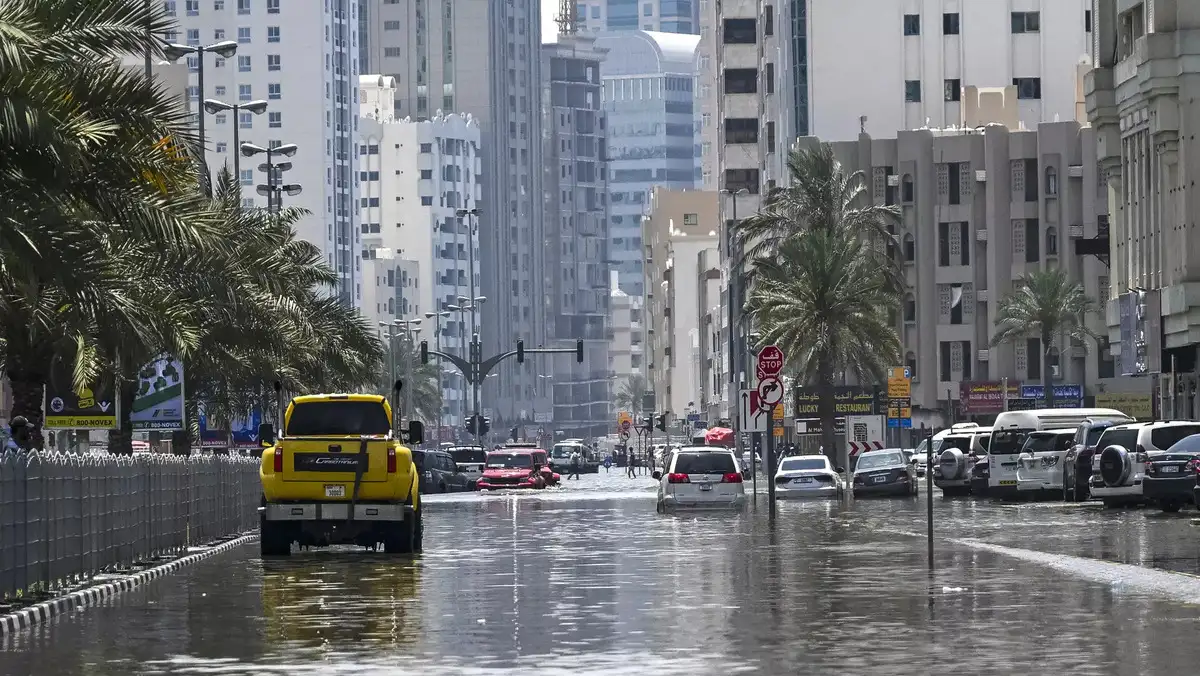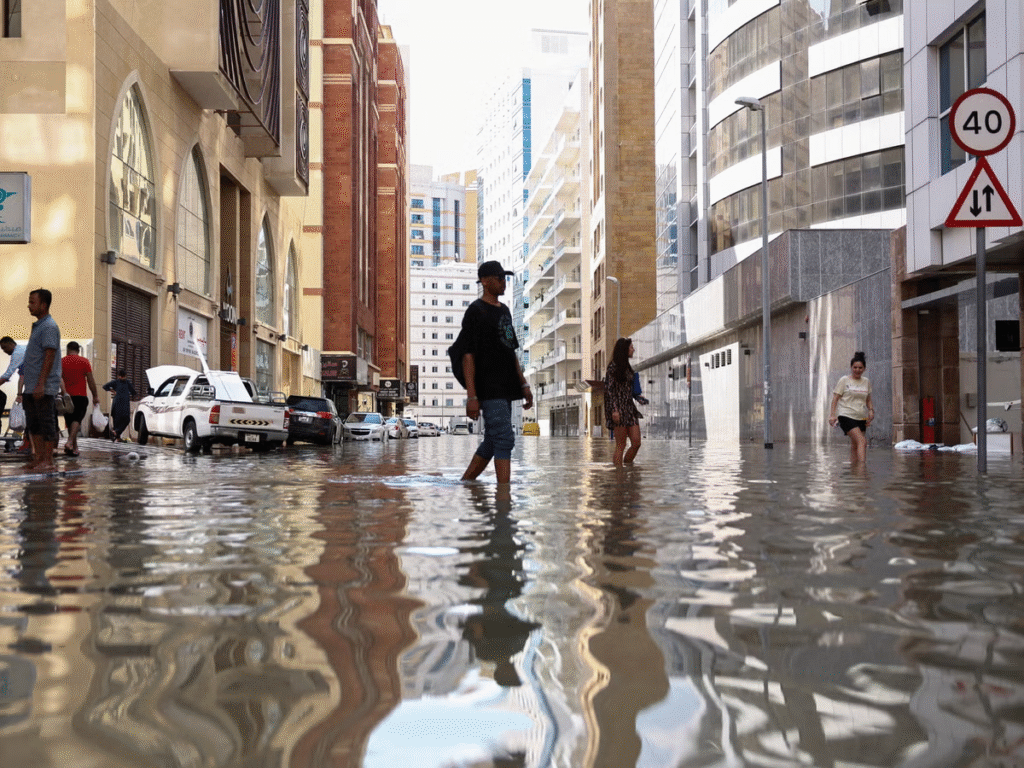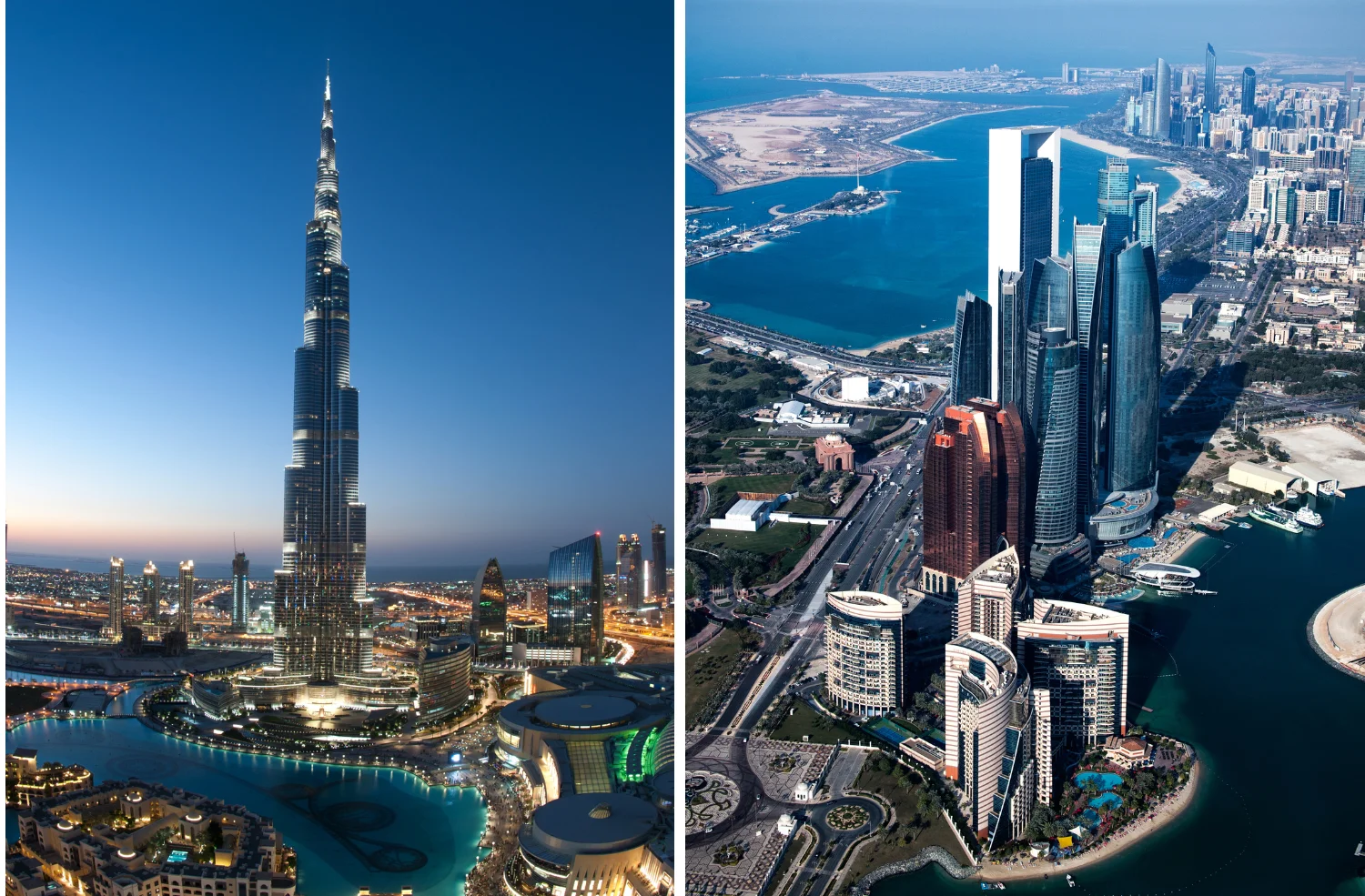Now Reading: How UAE’s Quick Response Saved Lives During Unprecedented Rain Disaster!
-
01
How UAE’s Quick Response Saved Lives During Unprecedented Rain Disaster!
How UAE’s Quick Response Saved Lives During Unprecedented Rain Disaster!

Table of Contents
In an unexpected turn of events, the United Arab Emirates (UAE) witnessed some of the heaviest rainfall in its history in recent weeks. Streets turned into rivers, houses were flooded, and transportation came to a standstill in key cities such as Dubai, Abu Dhabi, and Sharjah.
Residents were shocked as sudden torrential downpours flooded roads, damaged property, and disrupted daily life. Videos and photos on social media showed cars submerged in water and airports struggling with delays and cancellations. For a country known for its dry desert climate, such heavy rains were rare and overwhelming.
But what caught the world’s attention was the UAE government’s quick and organized disaster response that helped reduce damage and save countless lives.
UAE’s Rapid Disaster Response Plan

As soon as weather warnings were issued by the National Center of Meteorology (NCM), UAE authorities swung into action. A high-level emergency team, consisting of the police, civil defense, ambulance services, and municipal authorities, was activated to monitor the situation in real-time.
Emergency alerts were sent to residents via text messages, warning them to stay indoors, avoid low-lying areas, and not drive unless absolutely necessary. These warnings helped many families stay safe from flash floods that followed the rains.
In flood-hit neighborhoods, rescue teams worked around the clock. Over 5,000 personnel were deployed in the most affected regions to help evacuate families trapped in homes or vehicles. Boats and helicopters were used in extreme cases to reach those stranded.
UAE’s civil defense and rescue teams cleared blocked roads, removed water from underpasses, and helped keep key highways operational to allow the transport of emergency supplies.
Shelter and Aid for Affected Families
The UAE leadership ensured that no family was left without help. The government quickly opened temporary shelters in public schools, mosques, and community centers for families displaced by floods. These shelters provided food, clean water, bedding, and medical care.
For those who lost property or belongings, relief packages were distributed. This included food kits, clothing, hygiene products, and even financial aid to help them recover.
The Emirates Red Crescent Authority also played a key role by distributing essentials and supporting recovery efforts. Volunteers joined hands with the police and government to provide comfort and support to those affected.
Technology and Social Media in Action
What made the UAE’s disaster response unique was the use of technology and social media. Real-time weather updates were shared through official channels like Twitter, Instagram, and Facebook to warn the public of incoming storms.
Google Maps and other GPS services updated flooded zones so that motorists could avoid dangerous routes. Drones were also used to survey damaged areas and guide rescue teams to people in need.
The government’s unified digital portal encouraged citizens to report emergencies, flooding, or stranded people, speeding up rescue and repair efforts.
Leadership Sends Strong Message of Support
Top leaders in the UAE, including President Sheikh Mohamed bin Zayed Al Nahyan and Prime Minister Sheikh Mohammed bin Rashid Al Maktoum, expressed deep concern and assured the public that all resources were being used to restore normalcy.
They praised emergency services, volunteers, and ordinary citizens who showed courage in helping each other during the crisis. The government also announced that an investigation into the drainage systems of major cities would be launched to prevent such disasters in the future.
Recovery and Future Preparedness
As the rains stopped and floodwaters began to recede, the focus shifted to rebuilding and improving infrastructure. UAE municipalities started repair works on damaged roads, power lines, and water supply systems.
Environmental experts warned that such extreme weather events may become more common due to climate change. In response, the government promised to invest in stronger drainage systems, flood defenses, and advanced weather prediction technologies.
Awareness campaigns will soon be launched to educate residents on how to stay safe during future storms or floods.
A Nation United in Crisis

The UAE’s rain disaster, though severe, became an example of how unity, technology, and quick decision-making can protect lives. The cooperation between government agencies, residents, and volunteers turned a potential tragedy into a story of hope and resilience.
Citizens praised the leadership and emergency services for their transparency, speed, and care. The lessons learned from this event will shape the country’s disaster preparedness for years to come.
Conclusion
While the rains brought unexpected challenges, the UAE’s fast disaster response showed the world that preparedness, leadership, and national unity make all the difference during a crisis. The efforts of the government and the spirit of the people prevented the disaster from becoming a tragedy.
As the country recovers and rebuilds, the UAE stands stronger, wiser, and more ready for future challenges — setting a regional example for disaster management and climate resilience.
Read More:- “Tragedy in Dubai: Kerala Engineer Dies During Scuba Diving Trip”





















